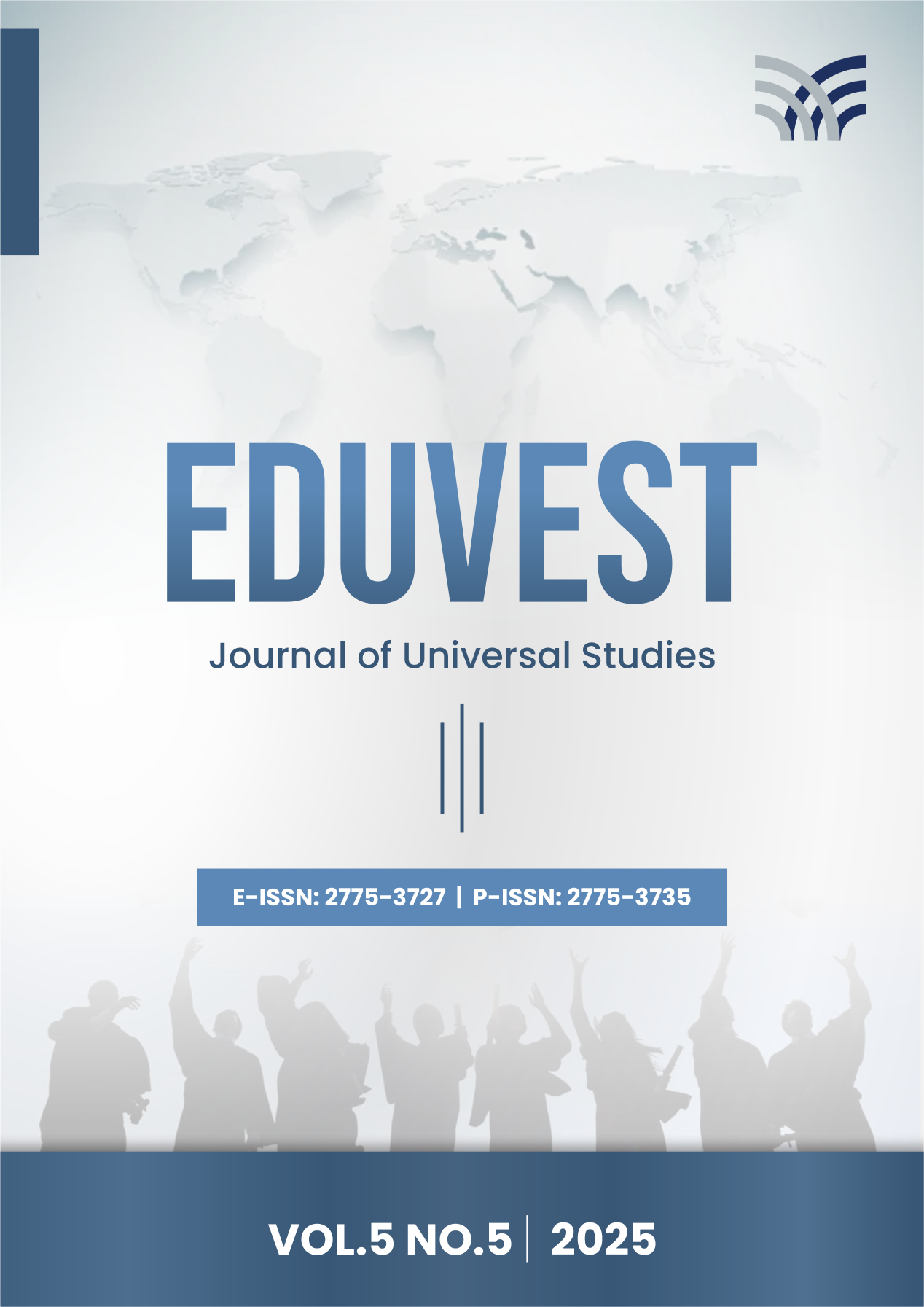The Impact of Commodity Prices and Portfolio Net Inflows on Exchange Rates: A Comparison Before and After Covid-19
DOI:
https://doi.org/10.59188/eduvest.v5i5.50055Keywords:
exchange rates, commodity prices, portfolio flow, pandemic, vector autoregressionAbstract
The Indonesian Rupiah (IDR) exchange rate against the US Dollar (USD) has shown significant volatility, especially during the COVID-19 pandemic. This study examines how coal prices, commodity prices, and net inflows from stocks and government bonds (SBN) impact the IDR/USD exchange rate before and after the pandemic. Using Vector Autoregression (VAR) methodology, the research analyzes time-series data across both periods, employing Granger causality tests and impulse response function analysis to determine relationships between variables. Results reveal a fundamental shift in exchange rate determinants: pre-pandemic, coal prices predominantly influenced the rupiah, reflecting sensitivity to commodity markets; post-pandemic, government bond (SBN) net inflows became the primary factor affecting exchange rate movements. Granger causality tests confirm this transition, showing coal and commodity prices had causal relationships with the exchange rate before the pandemic, while government bond flows became more influential afterward. These findings have significant implications: Bank Indonesia should adjust monetary policy to account for bond market dynamics; financial institutions need to revise risk management strategies considering bond capital flows' increased influence; and the government should diversify Indonesia's economy to reduce commodity dependence while considering bond issuances' impact on the exchange rate, particularly when financing post-pandemic deficits.
Downloads
Published
How to Cite
Issue
Section
License
Copyright (c) 2025 Astrika Erlin Nurcahyaningsih, Adler Haymans Manurung, Roy Sembel

This work is licensed under a Creative Commons Attribution-ShareAlike 4.0 International License.











